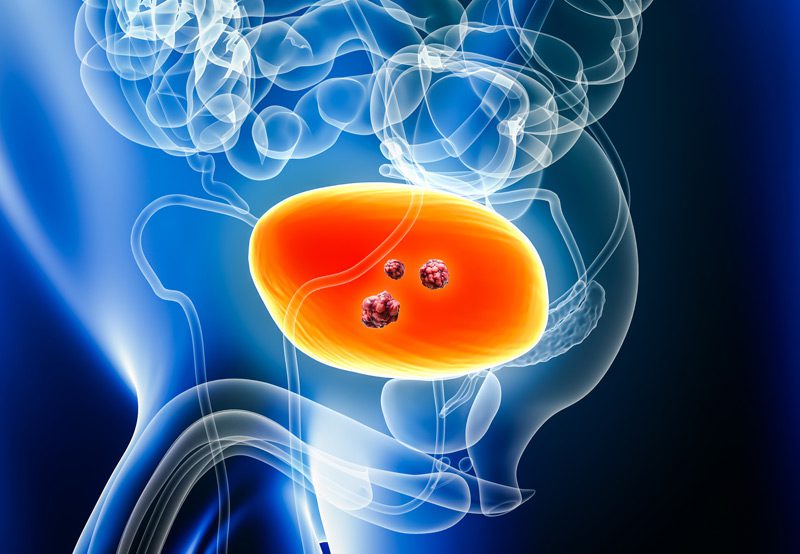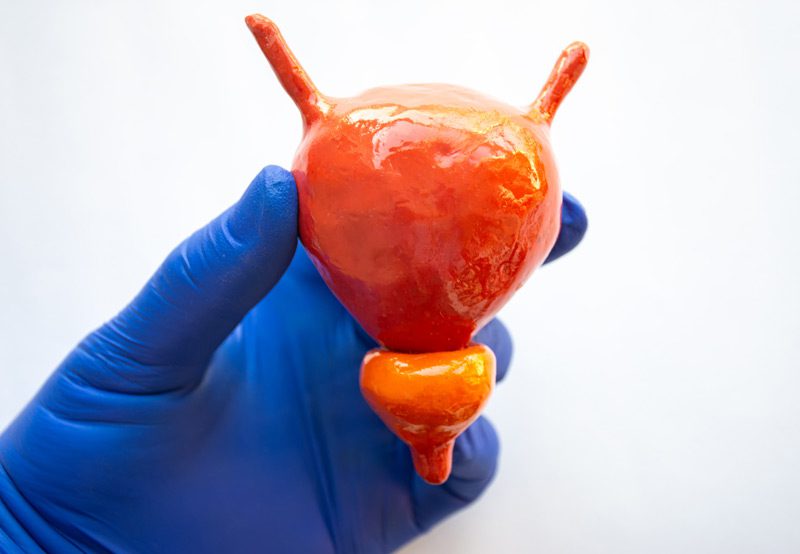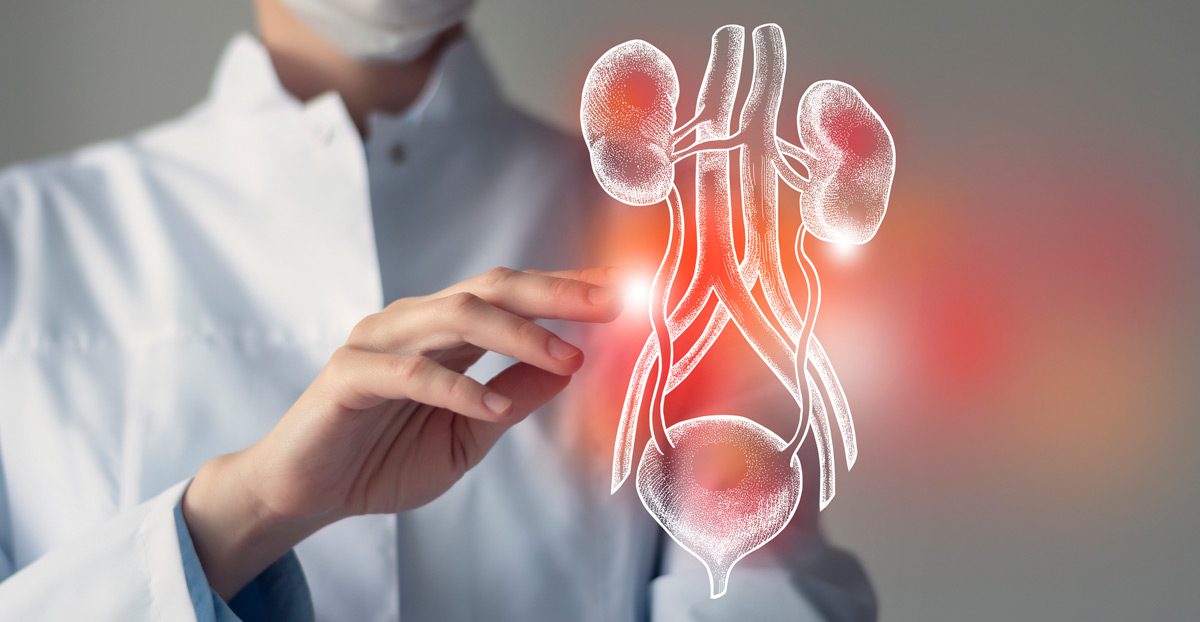

Transurethral Resection of Bladder Tumor (TURBT) is the primary diagnostic and therapeutic procedure used to remove visible tumors from the lining of the bladder. It plays a critical role in the management of bladder cancer, particularly in cases where the disease is non-muscle invasive. TURBT allows for both the confirmation of cancer diagnosis and the determination of its stage and grade, guiding the next steps in treatment.
Causes of Bladder Tumors
Bladder tumors typically originate from the urothelial cells lining the inside of the bladder. Common risk factors include smoking, exposure to industrial chemicals (such as aromatic amines), chronic bladder inflammation, and a history of radiation or chemotherapy. While many bladder tumors are non-muscle invasive at the time of diagnosis, early treatment is essential to prevent progression.

Diagnosis
A comprehensive evaluation is essential before proceeding with TURBT. This typically includes:
- Urinalysis and Urine Cytology: To detect blood or cancer cells in the urine
- Cystoscopy: A scope is used to visually inspect the bladder and identify tumors
- Imaging: CT urograms or ultrasounds may be used to assess the upper urinary tract
- Biopsy: Obtained during TURBT to confirm the diagnosis and determine staging
TURBT is often scheduled following the initial cystoscopy when a suspicious lesion is seen.
Treatment Options
- TURBT Procedure: Performed under general or spinal anesthesia, TURBT involves the insertion of a resectoscope through the urethra into the bladder. The visible tumor is shaved away in small segments using an electric loop. Samples are sent for pathology analysis.
- Bleeding Control: Cauterization is used to manage any bleeding within the bladder during the procedure.
- Intravesical Therapy: In some cases, a single dose of chemotherapy (e.g., mitomycin C) is instilled into the bladder immediately after the procedure to reduce recurrence risk.
TURBT may need to be repeated if high-grade tumors are found or if initial resection was incomplete.
Next Steps
Following TURBT, patients typically undergo a recovery period that includes catheter drainage and observation for blood in the urine. A follow-up cystoscopy is scheduled within a few months to monitor for recurrence. If pathology confirms high-grade or recurrent tumors, additional intravesical therapy or more aggressive treatment options may be recommended. Close surveillance remains critical to ensure long-term bladder health and cancer control.
